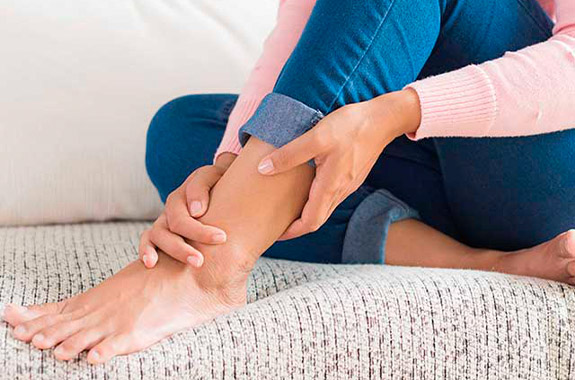
How is restless legs syndrome diagnosed?
Since there is no specific test for RLS, the condition is diagnosed by a doctor’s evaluation. The five basic criteria for clinically diagnosing the disorder are:
- A strong and often overwhelming need or urge to move the legs that is often associated with abnormal, unpleasant, or uncomfortable sensations.
- The urge to move the legs starts or get worse during rest or inactivity.
- The urge to move the legs is at least temporarily and partially or totally relieved by movements.
- The urge to move the legs starts or is aggravated in the evening or night.
- The above four features are not due to any other medical or behavioral condition.
A physician will focus largely on the individual’s descriptions of symptoms, their triggers and relieving factors, as well as the presence or absence of symptoms throughout the day. A neurological and physical exam, plus information from the person’s medical and family history and list of current medications, may be helpful. Individuals may be asked about frequency, duration, and intensity of symptoms; if movement helps to relieve symptoms; how much time it takes to fall asleep; any pain related to symptoms; and any tendency toward daytime sleep patterns and sleepiness, disturbance of sleep, or daytime function. Laboratory tests may rule out other conditions such as kidney failure, iron deficiency anemia (which is a separate condition related to iron deficiency), or pregnancy that may be causing symptoms of RLS. Blood tests can identify iron deficiencies as well as other medical disorders associated with RLS. In some cases, sleep studies such as polysomnography (a test that records the individual’s brain waves, heartbeat, breathing, and leg movements during an entire night) may identify the presence of other causes of sleep disruption (e.g., sleep apnea), which may impact management of the disorder. Periodic limb movement of sleep during a sleep study can support the diagnosis of RLS but, again, is not exclusively seen in individuals with RLS.
Diagnosing RLS in children may be especially difficult, since it may be hard for children to describe what they are experiencing, when and how often the symptoms occur, and how long symptoms last. Pediatric RLS can sometimes be misdiagnosed as "growing pains" or attention deficit disorder.